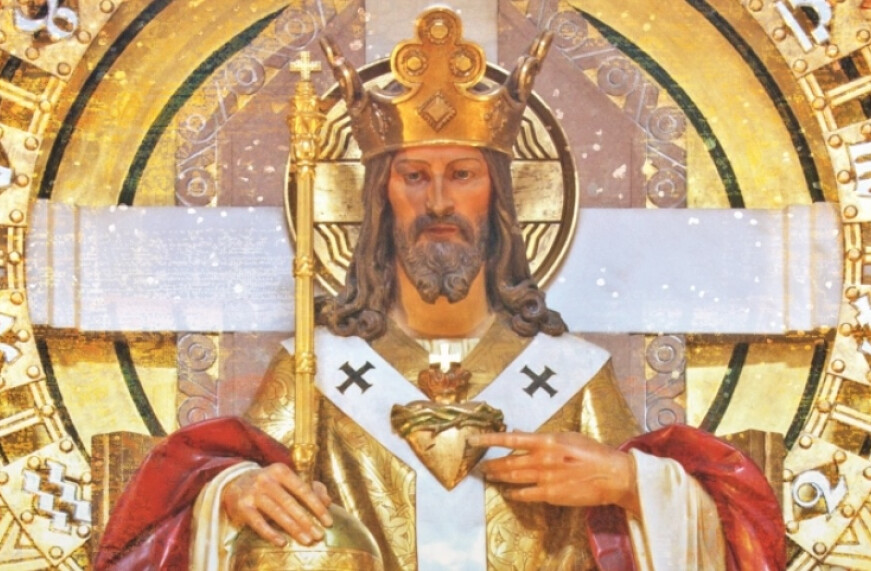The Sixth Commandment

Better put the kids to bed because we are going to talk about the Sixth Commandment- Thou Shalt Not Commit Adultery (I kept it in the Old English for emphasis). The fourth commandment is to honor our parents, this one is to honor marriage. Of all the broken commandments people mention in confession by number only, this is it. Not that everyone is going around committing adultery, at least I hope not, but rather they understand this commandment in its wider implications which we will discuss. “The tradition of the Church has understood the sixth commandment as encompassing the whole of human sexuality (CCC# 2336). I really like the approach to this commandment the catechism takes, as it doesn’t immediately speak of, “thou shalt not…” Instead, it speaks of chastity as a vocation and looks at it as a successful integration of human sexuality both bodily and spiritually. The call for chastity as part of this commandment recognizes that we are all born with sexuality and as such, have sexual energy. When we use this sexual energy to maintain our own human integrity as well as preserve the dignity of others, we have positively used this virtue. When we have used the energy for self-gratification, or for our own benefit outside a sacred, committed, marital relationship, we have miss-used the gift of sexuality given by God. For many, this proper direction of our sexual energy can easily be accomplished. For others, the deadly sin of lust makes it a lifelong-trial. We lose this sexual energy when we die, and unfortunately, not before. Although some may argue that because there is this sexual energy tension, a man and a woman cannot truly become just friends. I do not think that is true, as I have many women friends; maybe this is a function of age and experience. We, as a society, however, would go a long way by adopting the Church’s position on men and women being created equal but complimentary.
The biggest change in our society, with regards to this commandment over the last fifty years, has been the easy and pervasive availability of pornographic material. Along with changes in morality in television and movies, the exposure of any age person to two persons having sex, basically just because they can, has dulled our ability to declare chastity not only as desirable, but attainable. Somehow when we are saturated with visual images of two people “doing it,” it seems to weaken our innate desire for dignity, for ourselves and others. We have woefully thought that making love is being loved. The recurrent pain caused by people pretending intimacy, is responsible, in my mind, for an inability for many to, in a healthy way, relate to the opposite sex. When we have led a promiscuous life, we have a hard time ever trusting another to be chaste with us. The other wrongly held belief is that pornography is not harmful to a marriage. Many engaged couples (mostly men) will admit to watching pornography, but then their betrothed will state that it doesn’t bother them. In truth, pornography is as damaging as alcoholism or any other soul-killing addiction. I just think the other person doesn’t want pornography to be a “deal breaker", and besides, they feel that he will change once he is married. If I can make any plea in my communique, it is to take the viewing of pornography seriously. It hurts the people you are watching, and the people you love.
A word about homosexuality, as it falls into this category. We do not know why, but, let me state it from the catechism, “The number of men and women who have deep seated homosexual tendencies is not negligible (CCC#2358).” The bottom line for the Church is that it understands these tendencies exist, but if you do have them, you are called to chastity. So are unmarried couples called to chastity, yet we, and I include the Church, has not treated engaged couples living together with the same fervor we do the concept of homosexuality. We “allow” our children to shack up with their honey, but will become a bit more agitated when that honey is of the same sex. The expectation that two people, men, women, or one of each, who love each other cannot be expected to be chaste, fascinates me. If that premise is true, then why does marriage afford any protection against adultery? Is it just because I promised? My argument is that if you DID love each other, you would also respect each other, and hold off on exchanging an intimacy until you can offer yourself totally and without “strings."
I must say that I never read the catechism in regards to divorce until I was preparing this communique. I will tell you that I have some problems with the way they state things in relation to divorce. I cannot explain in detail here, but having experienced a divorce, I have equated it to having gangrene in a limb. You could keep the limb and die, or you can cut it off and live. You will live without an arm or a leg, but you will live. Nobody thinks a divorce is good, but I can attest that sometimes the alternative is worse, even when children are involved. The key is not to lose fact that you remain a parent and should make it your life goal- married or divorced- to be a good example to your children. I have never seen two people so mean to each other than some divorced adults. Okay, I probably upset some people, and it was not my intent. If we all just gave each other the dignity we have been given by God, a lot of our relational problems would be gone. I also feel that if our society today understood sex as the super-power it is and recognized that if you play with fire…you will get burned, we would love better. If your aim in life is not to be chaste, it tells me you just don’t think to highly of yourself.

